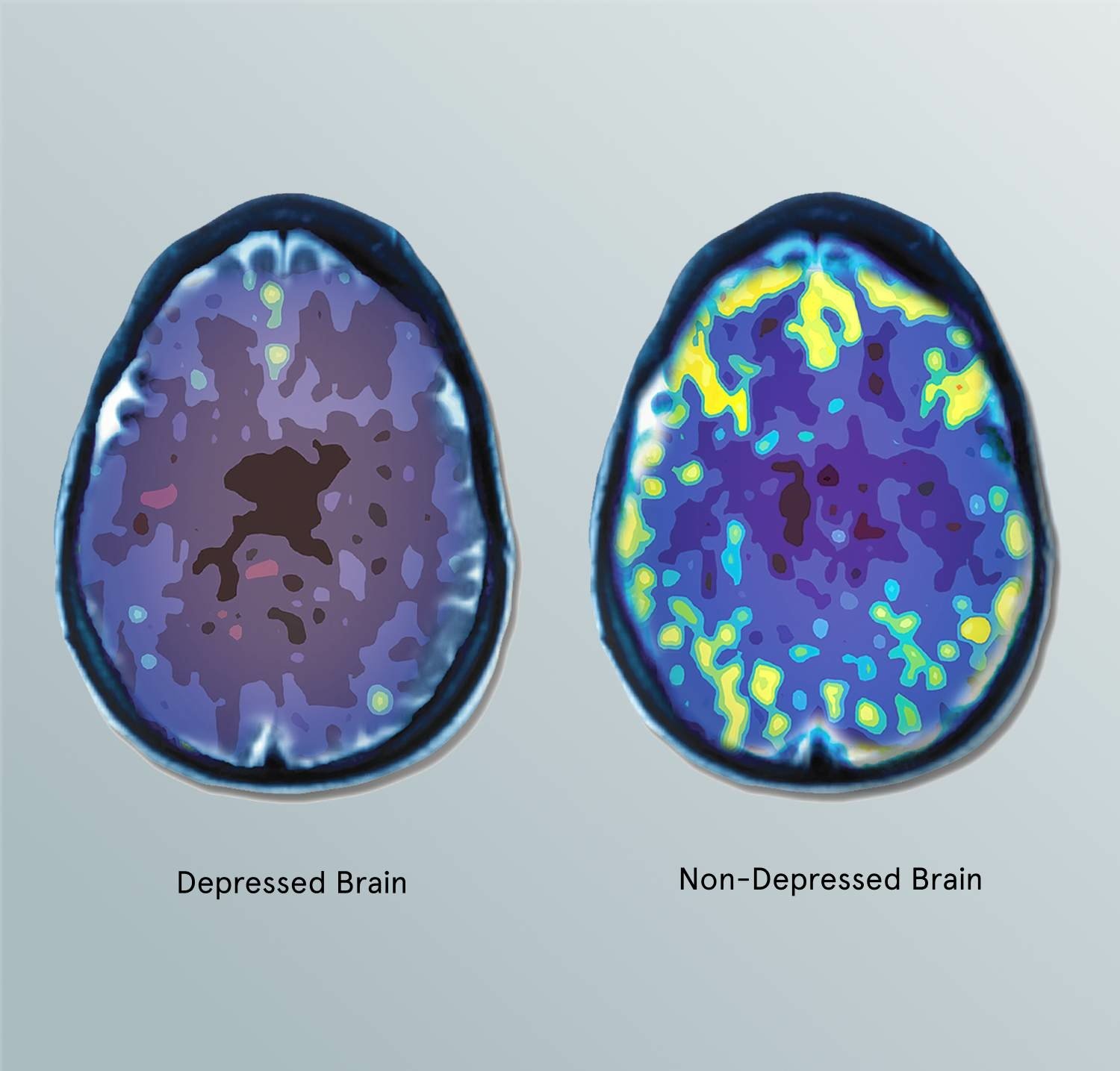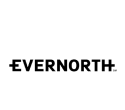TMS involves using a magnetic coil placed on the scalp, generating short pulses of magnetic fields. As these pulses pass through the scalp and skull, they induce small electric currents in the targeted region of the brain. The specific area targeted depends on the placement of the magnetic coil that is predetermined by our board-certified medical doctors based on brain mapping. This induced electric current, in turn, activates neurons in the brain.
The activation of neurons leads to the release of neurotransmitters, which transmit signals between nerve cells. This process is believed to impact mood regulation and other neurological functions positively. Over time, repeated sessions of TMS may induce neuroplasticity, the brain's ability to reorganize and form new neural connections. This is considered a key factor in the antidepressant effects of TMS.
Stella exclusively offers TMS via a NeuroStar machine based on efficacy, outcomes, research, data and science.

















